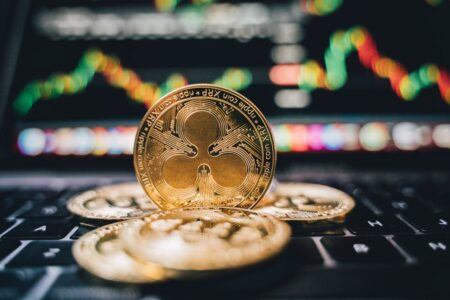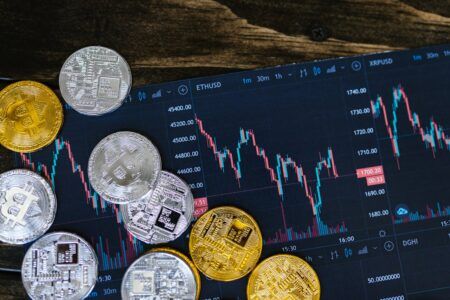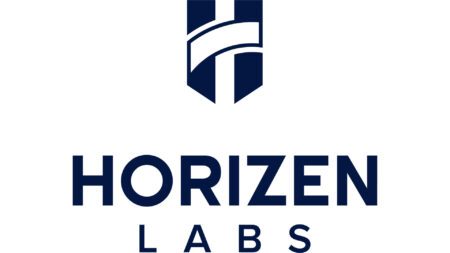In a recent opinion piece for The New York Times, published on February 22, economist Paul Krugman offers an optimistic evaluation of the U.S. economy’s performance in 2023.
Paul Krugman is a renowned American economist, author, and public intellectual. He was awarded the prestigious Nobel Memorial Prize in Economics in 2008 for his work on international trade patterns and economic geography. Krugman is a Distinguished Professor of Economics at the City University of New York’s Graduate Center and a Centenary Professor at the London School of Economics.
His twice-weekly New York Times column is widely read and often stirs debate, known for its liberal perspectives and critiques of conservative economic policies. A proponent of Keynesian economics, Krugman advocates for government intervention during economic downturns to stimulate and stabilize the economy. He has written extensively on macroeconomics, international trade, and economic policy, with popular titles like “The Return of Depression Economics” and “Arguing with Zombies.”
President Joe Biden describes ‘Bidenomics’ as a strategy focused on revitalizing and fortifying the country’s economy by promoting growth from the middle and bottom upwards. This concept and term are repeatedly emphasized by the president and his team in their efforts to persuade a doubtful public that the economy is on the upswing, particularly for middle-class and working-class citizens.
In short, in his NYT article, Krugman says that Bidenomics “is still working very well.” He claims that contrary to widespread predictions of recession and the belief that tackling inflation would necessitate a significant rise in unemployment, the U.S. has experienced robust growth, historically low unemployment rates, and a notable decline in inflation.
However, as Krugman points out, recent data from the Bureau of Labor Statistics indicating a 0.3 percent increase in both the Consumer Price Index and the Producer Price Index in January, higher than many analysts anticipated, has reignited inflation concerns. Krugman argues that these figures represent a statistical anomaly rather than a reversal of the positive economic trends.
Krugman points to financial market instruments, such as inflation swaps and index bonds, which continue to forecast low inflation rates, and the Atlanta Federal Reserve’s survey of business inflation expectations, which only saw a minor increase from January to February, as evidence supporting the ongoing disinflationary trend.
He explains that calculating inflation involves complex statistical methods, and while the Bureau of Labor Statistics is highly competent, certain factors, like seasonal adjustments and the “January effect,” can lead to misleading monthly data. For instance, Goldman Sachs had anticipated a temporary inflation bump due to annual price adjustments by many companies, a prediction that materialized but is expected to be short-lived.
Moreover, Krugman highlights the disproportionate impact of owners’ equivalent rent on the Consumer Price Index, suggesting it may exaggerate overall inflation figures. He notes that excluding this factor, the U.S. inflation rate closely aligns with European measures, further undermining the argument for a resurgence of inflation.
Despite the complexity of these economic indicators, Krugman maintains that the U.S. economy’s success story remains unchanged. He addresses criticism from both political extremes, emphasizing that the Biden administration’s ambitious policy agenda has not only avoided economic pitfalls but has also significantly improved Americans’ lives and the country’s future prospects.
On 28 July 2023, President Biden visited Auburn Manufacturing Inc. in Maine, emphasizing his administration’s commitment to revitalizing American manufacturing and innovation. This visit underscored the federal government’s investment in the sector, highlighting the success stories of local businesses benefiting from these initiatives.
Kathie Leonard, President and CEO of Auburn Manufacturing, introduced President Biden, sharing her company’s journey of overcoming challenges such as high interest rates, unfair competition from abroad, and the impacts of COVID-19. Leonard credited the Biden administration’s policies, including the American Rescue Plan and the bipartisan infrastructure law, for helping her business and others like it to recover and thrive.
In his remarks, President Biden outlined the achievements of his economic policies, dubbed “Bidenomics,” which aim to build the economy from the middle out and the bottom up. He celebrated the U.S. economy’s performance in 2023, noting strong growth, low unemployment, and declining inflation against the backdrop of global challenges. Biden highlighted the significant federal investments in manufacturing, infrastructure, and clean energy, pointing to the creation of new jobs and the return of industries to American soil.
The President detailed various projects and laws that have facilitated this economic revival, including the Inflation Reduction Act and the CHIPS and Science Act. These initiatives have spurred investment in American-made products and technologies, from heat-resistant textiles to sustainable aviation fuels. Biden also signed an executive order during his visit, reinforcing the mandate that federal investments should prioritize domestic manufacturing and job creation.
Biden’s speech was not just a showcase of his administration’s economic policies but also a call for unity and optimism. He emphasized the importance of working together to achieve national goals and reminded the audience of America’s capacity for greatness when united. The President’s message was clear: betting against the American people and their ability to innovate and manufacture has never been a good bet.
Featured Image via YouTube (White House’s Channel)









